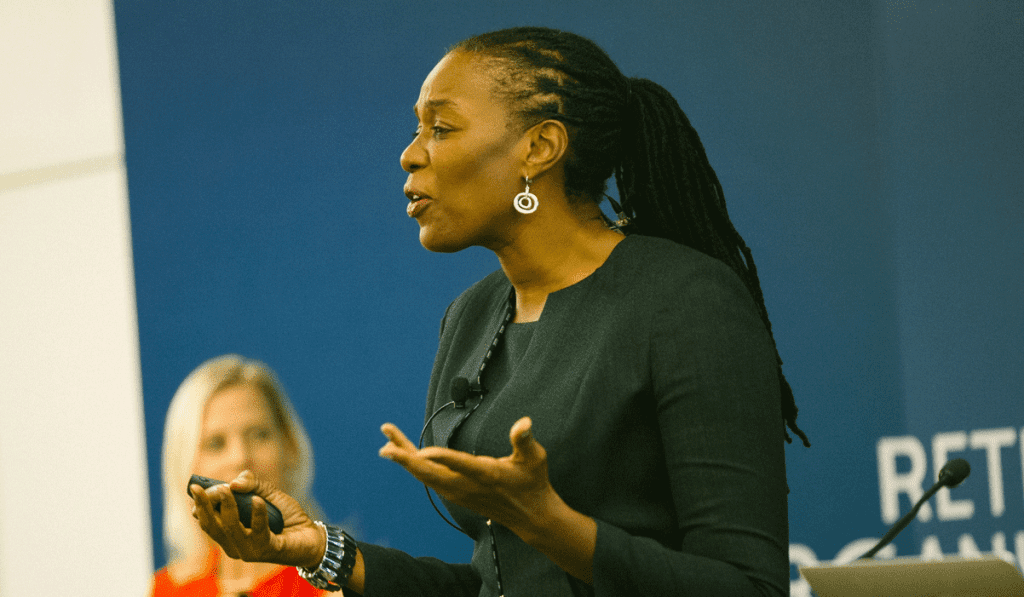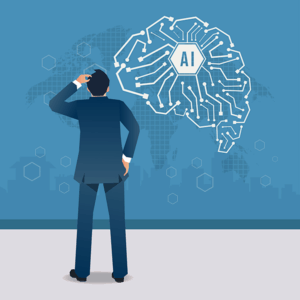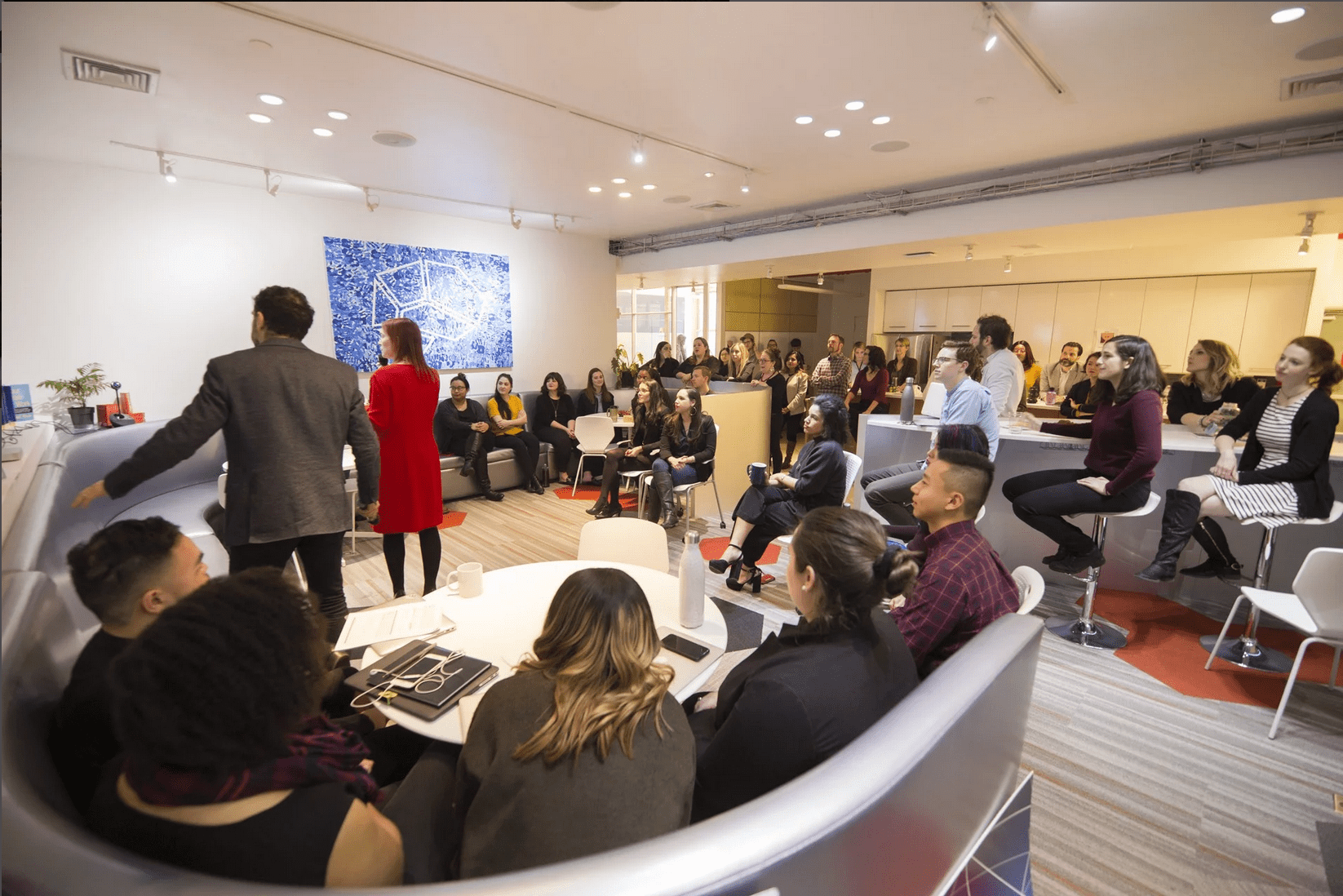Valerie Purdie Greenaway is a scientist for the NeuroLeadership Institute and an associate professor of psychology at Columbia University.
She teaches, conducts research, and consults with global leaders to help them develop and foster inclusive work cultures. Dr. Purdie Greenaway joined us recently at the 2019 NeuroLeadership Summit, where we discussed how people take in new information, approach their work, and interact with each other to scale learning in the workplace to influence behavior change.
We focus on the distributed learning solution (DLS), a socialized multimedia learning methodology that has allowed large groups of people—global companies like Intel, Cigna, and others—to learn and retain knowledge with little time commitment.
From hundreds to thousands of managers, these fully scalable, research-driven programs are helping organizations transform performance, increase diversity and inclusion, lift engagement, and support organizational behavior change.
This interview has been lightly edited for length and clarity.
Khalil: We at NLI closely follow the science of learning to build hyper-effective, scalable learning strategies that deliver real results for behavior change. Tell me a little bit about the DLS and how it works as a model for behavior change.
Valerie: The DLS is an effective model for behavior change because it gives everyone in a company a common language. It builds a community and links the concepts that people learn about behavior with action.
The DLS is really a unique model, one that other companies in the diversity, inclusion, leadership, and learning space are not doing. It winds up being really effective for sustained change over long periods of time.
Khalil: The DLS has videos, right? There’s workshops, there’s practice tools. Is there anything of that variety that you think is beneficial, in terms of format?
Valerie: I think the format of variety works quite well. The DLS has videos, practice tools like worksheets, and also web tools. It turns out that when you are using each of these together, you’re building on different people’s learning styles and modalities. So, in short, there’s something for everybody, and it’s capitalizing on a different way that each person learns.
For instance, someone like myself, I would love a workshop, but a colleague might like a video. For someone else, they might need a worksheet. By using all of these different modalities, everyone in the company is going to get something rich and insightful out of it.
Khalil: What’s the science behind why the DLS format makes it easy for the brain to absorb information?
Valerie: From a scientific perspective, the DLS does several things. First, it capitalizes on simplicity. Science is complex, and people want to hear about the science. But, it also has to be simple. One thing that the DLS does is it takes this complexity and makes it very simple and digestible. People hear about the science and understand the concepts.
The second thing pertains to social networks. People are hearing about complex information with others, learning about it together, and practicing it with each other. You’re building a community. In fact, you’re almost building a scientific community and a community around behavior change.
Third, the DLS links concepts that are basic in psychology to actual behaviors that people do at their desk—whether they’re meeting people or showing up to work differently. They’re very specific actionable behaviors that people wind up enacting every day—the kinds of behaviors that scientists know will lead to short-term and long-term behavior change.
So, when you use simplicity with connected people and long-term behavior change together, you have a formula that’s just going to work.






